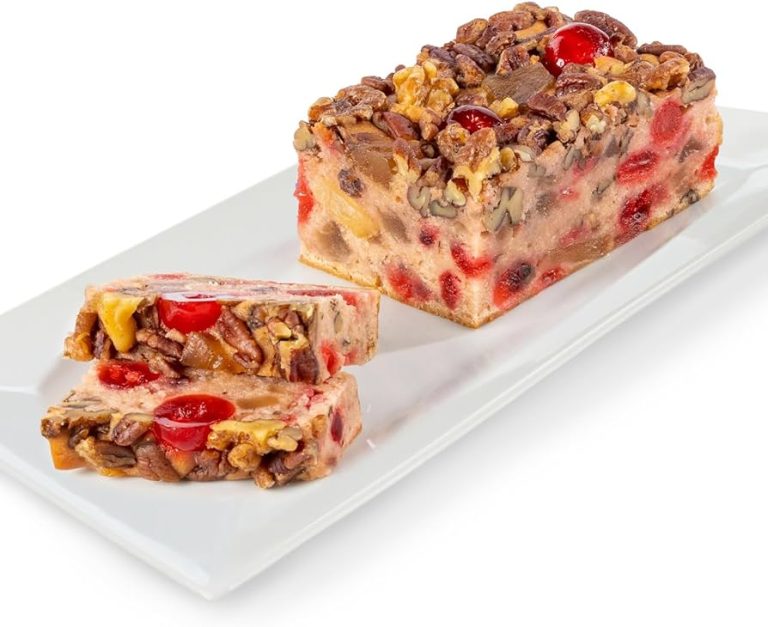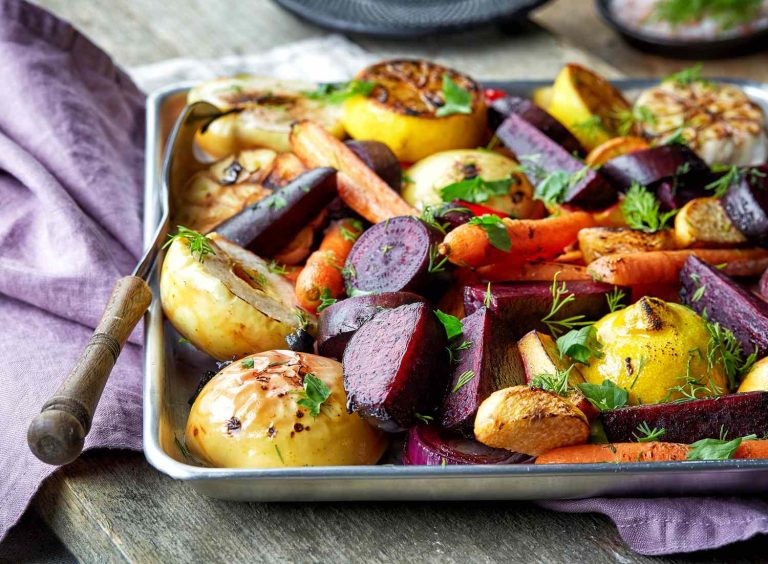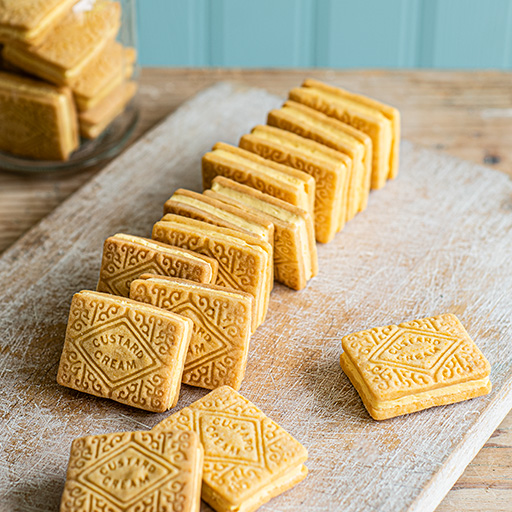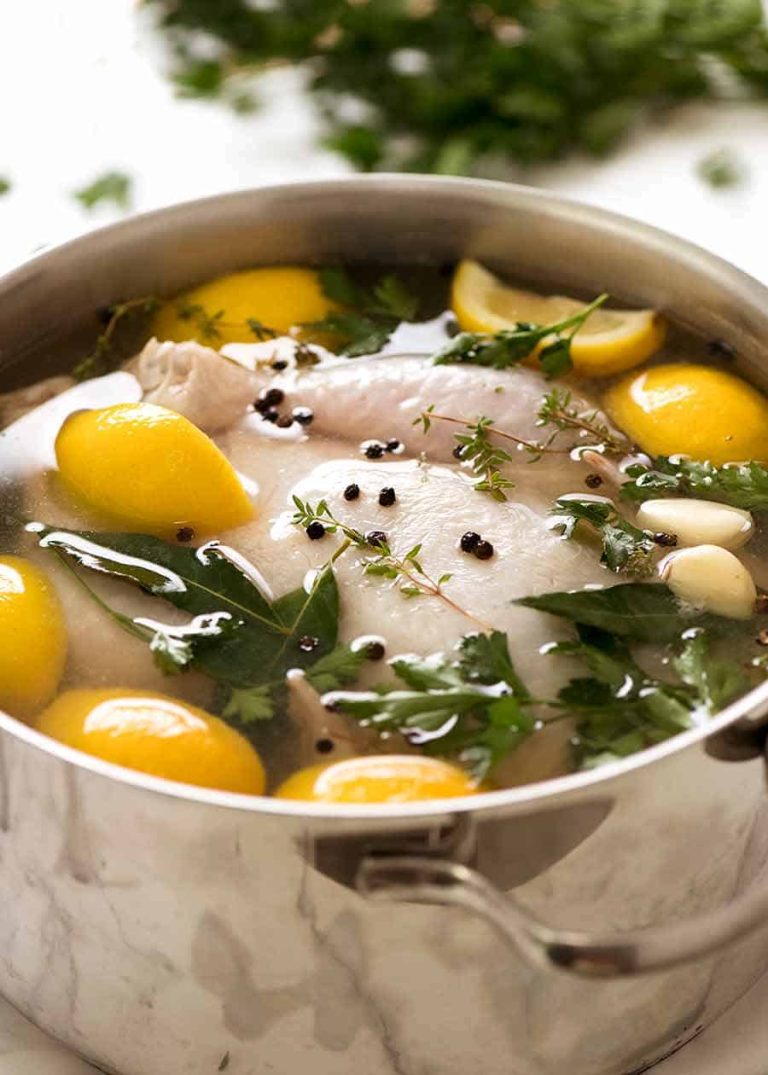Vanilla Sauce: Discover the Rich History, Benefits, and Uses of Vanilla Sauce
Vanilla sauce traces its roots back to custard sauces made in medieval European kitchens. These early sauces used basic ingredients, such as milk, eggs, and sugar. Vanilla, however, didn’t join the mix until explorers brought it from the Americas in the 16th century. The Aztecs used vanilla as both a flavor enhancer and a medicinal ingredient. By the 17th century, vanilla-infused custard sauces became popular in French cuisine.
How It Spread Globally
With origins in European culinary traditions and the adoption of vanilla from the Americas, vanilla sauce expanded to other continents. European colonizers introduced it to their colonies in Asia and Africa, where local variations emerged. The sauce gained popularity in the United States during the 19th century, partly due to the increased availability of vanilla beans. Today, vanilla sauce is a staple in various cultures, adding a sweet, creamy touch to desserts worldwide.
Key Ingredients in Vanilla Sauce
Understanding Vanilla Beans
Vanilla beans, the star ingredient, come from the pods of tropical orchids. Originating in Central and South America, they contain vanillin, which gives them a distinctive flavor and aroma. There are three primary types—Bourbon, Tahitian, and Mexican. Bourbon beans, originating from Madagascar, present a strong, rich flavor. Tahitian beans, from French Polynesia, offer a sweeter, floral note. Mexican beans, native to the species’ origin, present a smooth, spicy flavor. Sourcing high-quality vanilla beans enhances the sauce’s final taste and complexity.
Other Essential Ingredients
Milk, eggs, and sugar are fundamental for vanilla sauce. Milk provides a creamy texture, with whole milk being typical, but heavy cream can offer richer results. Eggs, particularly yolks, thicken the sauce and add richness. When heated and whisked with the other components, egg yolks transform the liquid into a velvety custard. Sugar sweetens the mixture, balancing the vanilla’s intense flavor. Granulated sugar is standard, but brown sugar can add a caramel-like undertone. A pinch of salt enhances the flavor and balances the sweetness, ensuring a well-rounded sauce.
Cooking Techniques for Vanilla Sauce
Traditional Methods
Using traditional methods, vanilla sauce is usually made by heating milk, sugar, and vanilla beans until warm. Start by splitting a vanilla bean, scraping out the seeds, and adding both seeds and pod to the milk. Let the mixture warm gradually over low heat, infusing the milk with flavor. In a separate bowl, whisk egg yolks with sugar until pale and creamy. Slowly temper the egg mixture by adding warm milk gradually while whisking to avoid curdling. Return the mixture to the saucepan and cook over low heat, stirring constantly, until the sauce thickens enough to coat the back of a spoon. Strain the sauce to remove the vanilla pod and any cooked egg bits, ensuring a smooth texture.
Modern Approaches
Modern approaches often utilize technological conveniences, such as immersion blenders and digital thermometers, to enhance precision and efficiency. Instead of traditional stovetop methods, you can use a sous vide machine to maintain a consistent temperature, reducing the risk of curdling. For this method, combine milk, sugar, egg yolks, and vanilla beans in a vacuum-sealed bag, then cook in a water bath set to a precise temperature (around 180°F) for a specific duration (45-60 minutes). Once cooked, blend the mixture using an immersion blender for a smooth consistency. Another modern technique involves creating a cornstarch slurry to stabilize the sauce, making it easier to achieve the desired thickness without extensive stirring.
Pairing Suggestions with Vanilla Sauce
Desserts
Vanilla sauce pairs excellently with a variety of desserts. Pour it over apple pie to enhance the warm spices with a creamy contrast. Drizzle it on bread pudding for added moisture and a delicate vanilla touch. Serve it alongside vanilla or chocolate cakes as a classic complement. Spoon it over fresh berries for a refreshing yet rich combination. Use it as an accompaniment for ice cream, elevating simple scoops into gourmet treats.
Savory Dishes
Surprisingly, vanilla sauce also complements certain savory dishes. Add a hint of sweetness and depth to roasted pork by using vanilla sauce as a glaze. Pair it with seafood, like scallops, where the vanilla accentuates the natural flavors. Drizzle it over root vegetables, such as carrots or parsnips, to introduce an unexpected yet harmonious flavor element. Combine with creamy polenta, bringing a unique twist to this staple. Serve it with foie gras, where vanilla enhances the luxurious taste profile.
Health Benefits and Concerns
Nutritional Information
Vanilla sauce contains a blend of ingredients that provide varied nutritional elements. Commonly, 1/4 cup (60g) of vanilla sauce delivers about 100-150 calories. This portion includes proteins, fats, and carbohydrates in moderate quantities. Typically, it contains around 2-3g of protein, 5-7g of fat (including saturated and unsaturated fats), and 10-15g of carbohydrates. Sugars constitute a significant portion of the carbohydrates, generally comprising 8-12g.
Minerals such as calcium and iron are present in small amounts, derived mainly from milk and eggs commonly used in recipes. Vitamins like Vitamin A and Vitamin D can also be present due to the dairy content. However, the nutritional profile varies based on the recipe and specific ingredients used, such as full-fat milk versus low-fat milk, or natural sweeteners instead of refined sugar.
Potential Health Risks
While vanilla sauce adds flavor and richness to meals, consider potential health risks associated with frequent consumption. High sugar content poses a risk for individuals monitoring blood sugar levels or managing conditions like diabetes. Excessive sugar intake can lead to weight gain, tooth decay, and an increased risk of heart disease.
Vanilla sauce often includes high-fat ingredients like cream or butter. Saturated fats, when consumed in large amounts, can impact cholesterol levels, potentially increasing the risk of cardiovascular diseases. Individuals with lactose intolerance or dairy allergies should be cautious, as milk and cream are common components.
Commercially produced vanilla sauces might contain artificial flavorings or preservatives, which some consumers prefer to avoid. Opting for homemade versions with natural ingredients can mitigate some of these risks. Always check labels if you’re concerned about specific dietary restrictions or allergies.
Conclusion
Vanilla sauce is a timeless delight that’s evolved through centuries, offering both rich history and culinary versatility. Whether you’re enhancing a dessert or adding a unique twist to a savory dish, this sauce brings an unparalleled depth of flavor. By choosing high-quality ingredients and being mindful of nutritional content, you can enjoy vanilla sauce in a way that suits your dietary needs and preferences. Embrace the tradition and creativity that comes with making and savoring this classic sauce.






